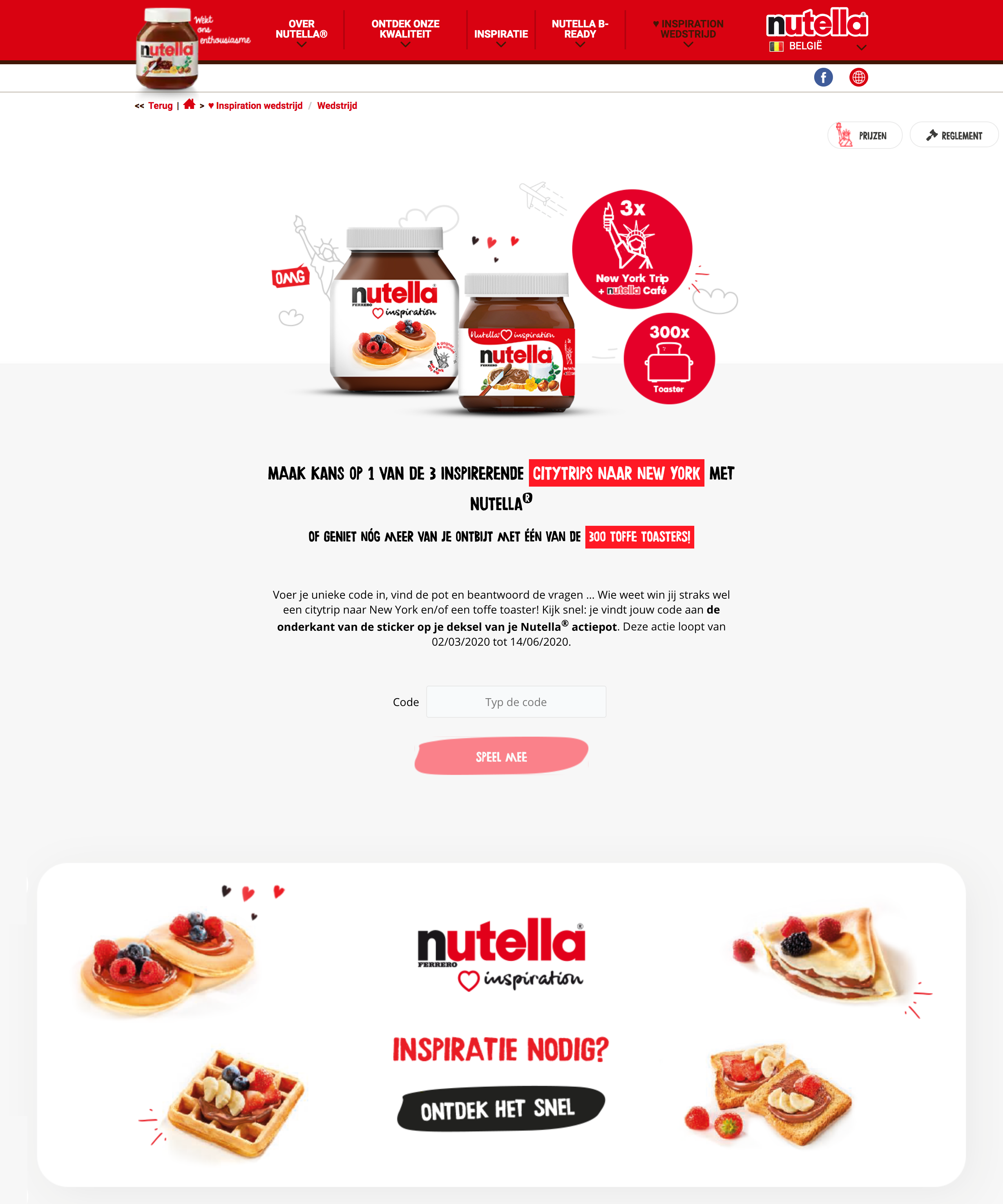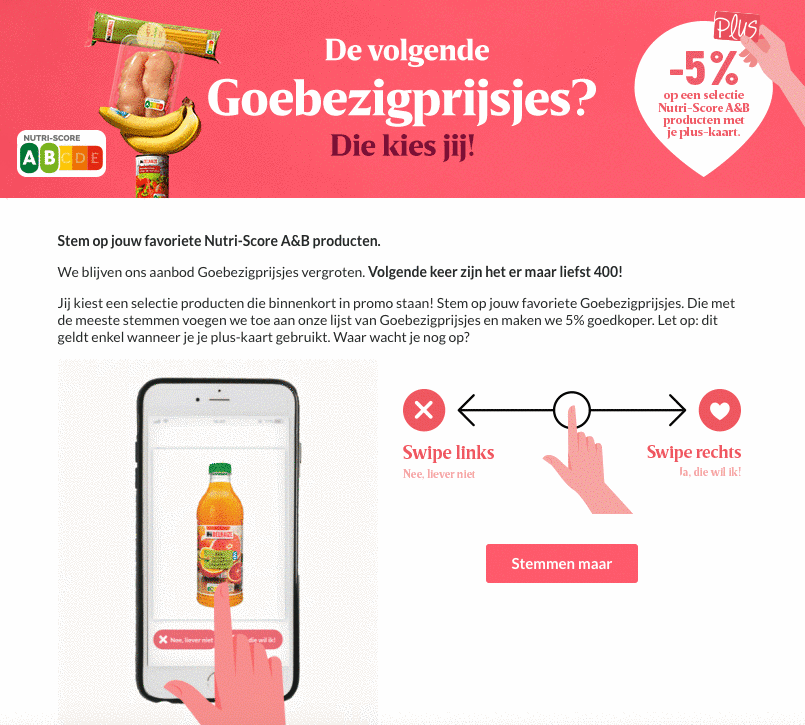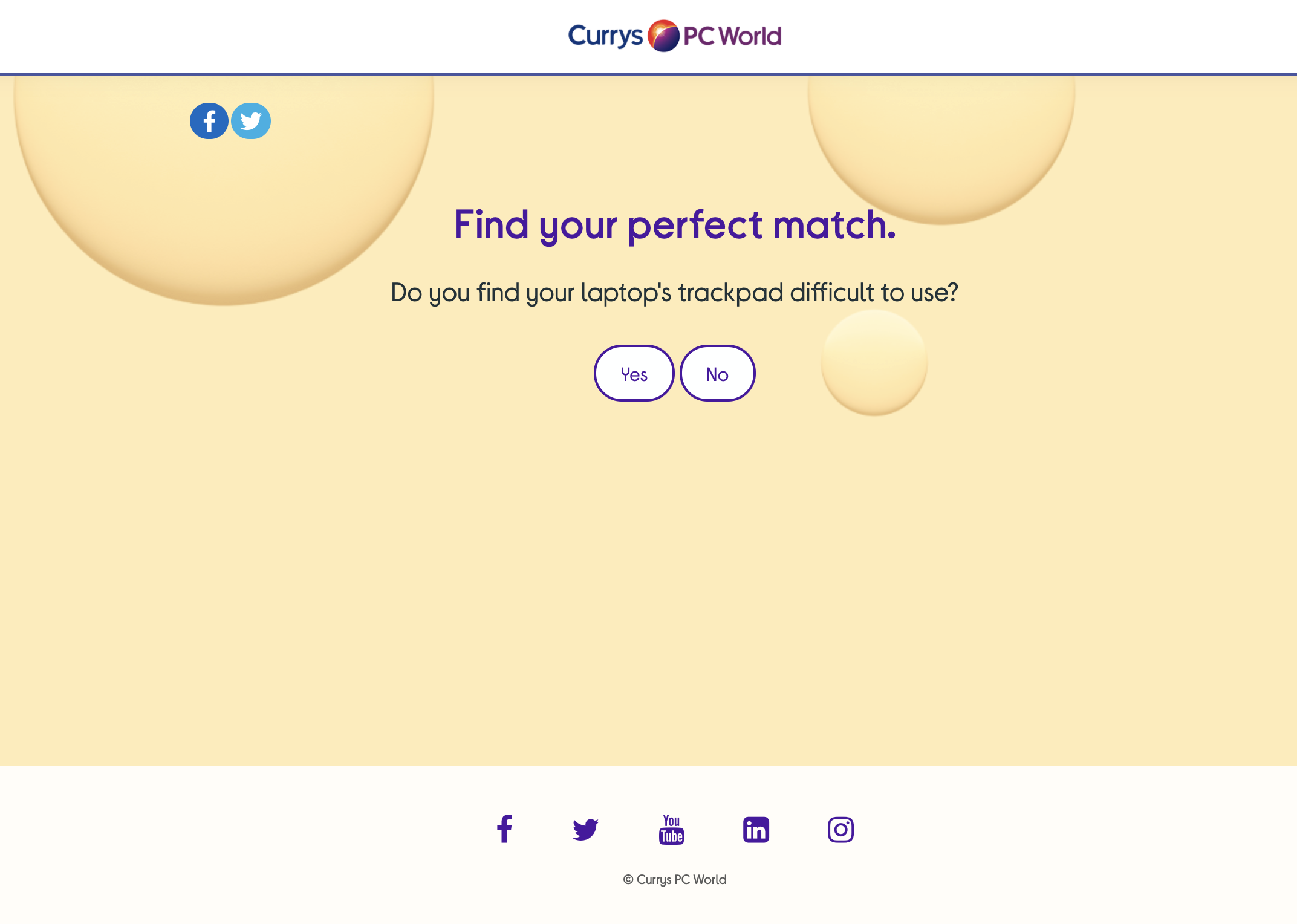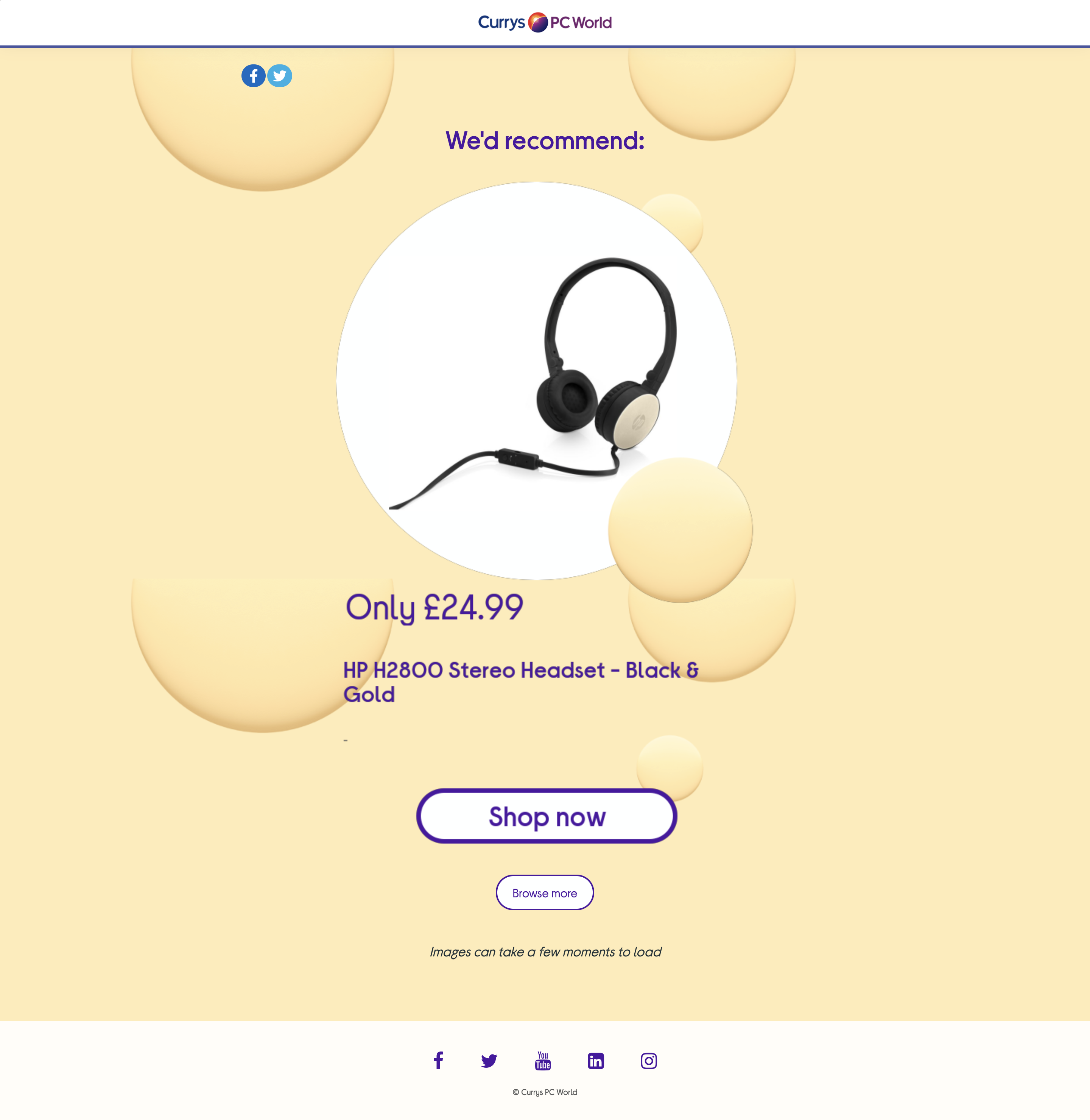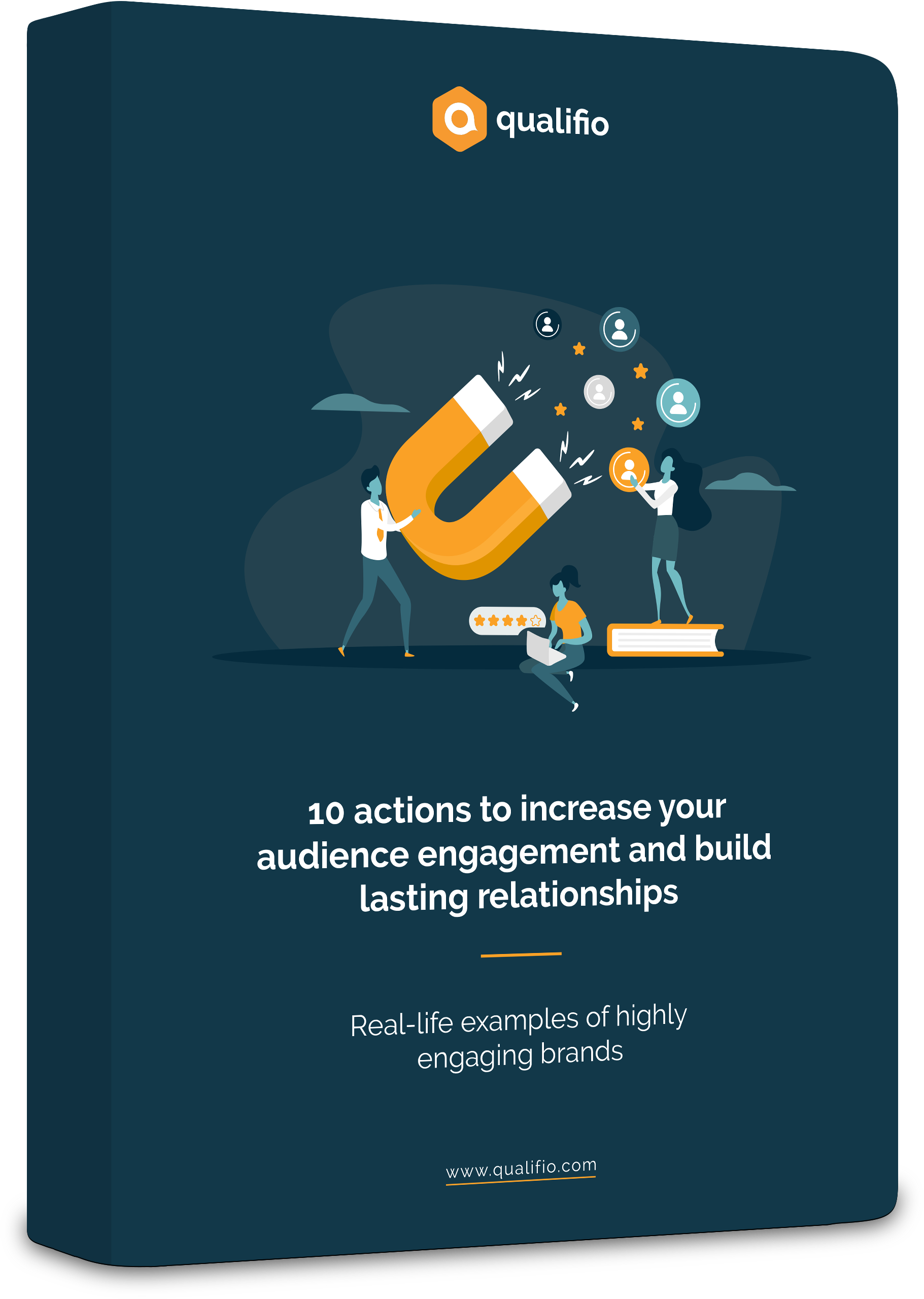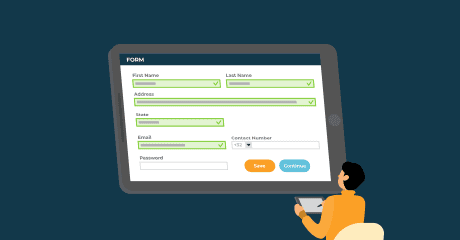How to encourage visitors to share their personal data
More and more brands see Google’s elimination of third-party cookies as an opportunity to increasingly rely on first-party data and turn it into a competitive advantage. First-party data plays a significant role in helping marketers:
- Strengthen customer relationships.
- Enhance user experience and engagement.
- Understand their audience.
- Invest in personalisation.
- Collect insights with consent.
But marketers will have to be creative when it comes to collecting first-party data. Today, consumers are concerned about data privacy. They have changed their behaviours regarding who they’re giving their personal data to, and their interactions with brands have been affected. More than ever, brands have to prove they can be trustworthy to get actionable data.
There are many ways to encourage visitors to share their personal data. This article shows you three ways to achieve it, with examples from brands like NUTELLA®, Delhaize, Currys PC World, Decathlon and Èggo Kitchen.
1. Be transparent
Be transparent by defining an explicit data strategy and writing a clear privacy policy providing information about the purpose of each processing of personal data. Need help? Have a look at our guide on privacy policy best practices. Your visitors need to know and understand what data you collect from them, why and how you plan to use it as a company.
This is how you’ll improve consumer trust. However, as Olivia Atkins mentions in her article, “trust is not simply earned only from data collection transparency, but only by creating products, content and communications that are both meaningful and consistent”, which brings us to our second point.
2. Create a true value exchange
You must offer something useful or valuable to consumers if you want them to share a bit more information about themselves. This could be discounts, attractive prizes, rewards, loyalty points, premium content, special offers, etc.
Let’s take the example of NUTELLA®. The brand printed unique codes on its jars and distributed them to different retailers. The unique codes gave consumers access to an exclusive contest on NUTELLA®’s website to win various prizes, among which a trip to New York in 2021. To participate, consumers had to fill out a form with their personal data. The results? 1.7 participations per participant which means that, on average, participants made more than one purchase to be able to play and increase their chances. The more NUTELLA® jars you buy, the more likely you are to win one of the prizes!
In this example, consumers get something valuable (the chance to win a trip to New York), and NUTELLA® learns more about its audience. In fact, with this kind of campaign, the brand is collecting declarative data but also insights such as:
- which retailer is performing the best;
- which country zones are keener to these kinds of initiatives;
- from which retailer their consumers are coming.
3. Choose interactive marketing
Be creative and innovative when it comes to engaging your visitors and collecting first-party data. How? By including interactivity in your content. In exchange for entertainment, most consumers are more likely to share their data.
Let’s take an example from the Belgian retailer Delhaize to illustrate this point. The retailer decided to ask for its consumers’ preferences via a swiper. It’s an ideal campaign format to increase engagement, where participants have to “swipe” left or right to answer questions. Via this campaign, Delhaize wanted to enable consumers to choose the next products on promotion on its eShop. Users had to swipe right for their favourite products and left for the products they liked less. Before discovering the winning products, Delhaize proposed a form to participants with an opt-in to its newsletter. Thanks to this campaign, the retailer gathered valuable information and sent personalised emails afterwards, thanks to the opt-in.
Let’s take another example from the electrical retailer Currys PC World, this time. The company launched a personality test with branching named “Find your perfect match” (this campaign was highlighted in the recap of our favourite campaigns of October). The idea? Help users find their ideal home office accessories by giving them new product recommendations every hour. Before discovering the home office accessory made for them, participants had to fill out a form in which Currys PC World proposed a newsletter opt-in. At the end of the test, a call-to-action enabled participants to shop online the home office accessory made for them.
In the same logic, Decathlon also created different interactive sports checklists to provide personalised product recommendations, and Èggo did the same by launching a swiper enabling participants to discover their dream kitchen.
In conclusion, if you want to collect first-party data to deliver better experiences and more effective marketing, you need to remember three keywords: transparency, exchange value and interactivity. These will help you build meaningful, long term relationships, and you will no longer need to encourage visitors to share insights because they’ll know their personal data is in good hands.




